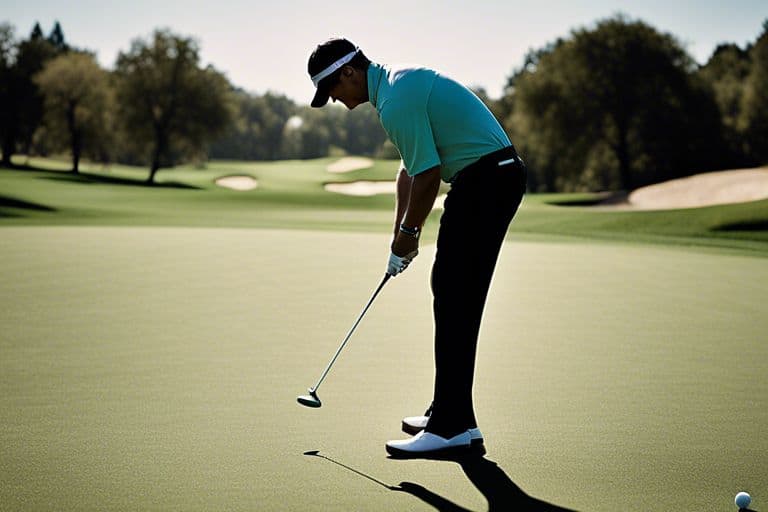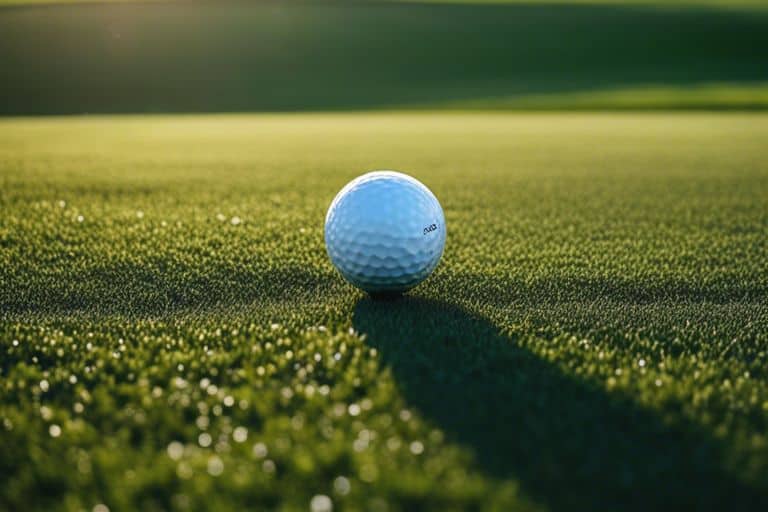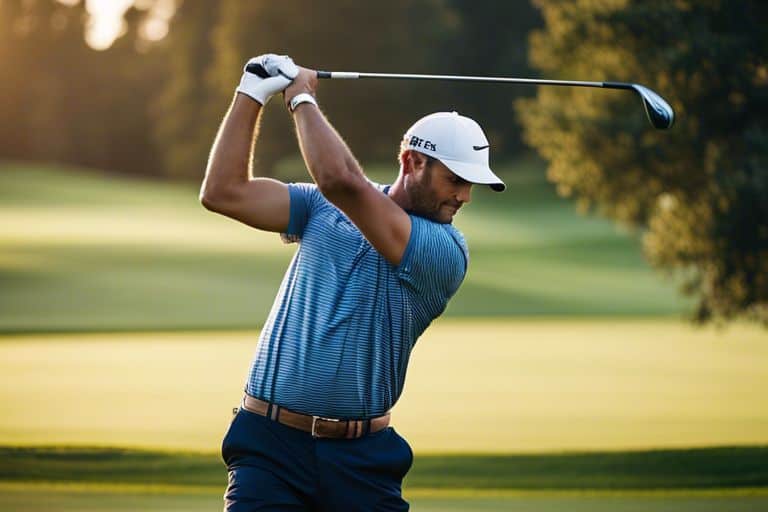How do you hit a "low fade" shot in golf?
On the golf course, hitting a “low fade” shot can be a valuable skill to have in your arsenal. When executed properly, it can help you navigate around obstacles and land your ball closer to the pin. To hit a successful “low fade” shot, you need to pay attention to your club selection, setup, and swing path. In this blog post, I’ll guide you through the steps to mastering this technique, so you can use it to your advantage on the course.
Fundamentals of a Low Fade Shot
The key to hitting a successful low fade shot lies in the fundamentals of your setup and swing. By mastering these techniques, you can consistently hit controlled, accurate shots that move from left to right and stay low to the ground.
Golf Swing Mechanics
When hitting a low fade, it’s important to focus on the mechanics of your golf swing. I start by making sure I maintain a slightly open stance and grip with the clubface slightly open at address. As I swing, I focus on a smooth takeaway and a controlled release through impact.
It’s crucial to keep the clubface slightly open through impact to generate the desired left-to-right ball flight. By maintaining a smooth, controlled swing and focusing on the clubface angle, you can effectively produce a low fade shot.
Ball Positioning and Posture
For a low fade shot, I pay special attention to my ball positioning and posture. I position the ball slightly back in my stance, closer to my right foot, to encourage a more downward angle of attack and a lower ball flight. This helps to reduce spin and keep the trajectory low.
Additionally, I emphasize maintaining a slightly closed stance and a more upright posture to promote a more shallow angle of attack and a controlled, low flight path. By maintaining the correct ball position and posture, you can effectively produce the desired low fade without sacrificing accuracy or control.

Step-by-Step Execution of the Low Fade
If you’ve mastered the concept of a low fade and understand the fundamentals, it’s time to put it into action. Here’s a step-by-step breakdown of how to hit a low fade shot in golf:
| Step 1: Address Position | I position myself with a slightly open stance, which means my feet, hips, and shoulders are aimed slightly left of the target. This helps promote the left-to-right ball flight characteristic of the low fade. |
| Step 2: Ball Position | I play the ball slightly forward in my stance, closer to my left foot. This encourages a more sweeping motion through impact, which is crucial for producing the desired fade. |
| Step 3: Club Selection | I opt for a club with higher loft, like a 7 iron, to produce the necessary backspin for the low fade. This helps control the trajectory and keep the ball flight low. |
The Backswing and Downswing for Low Fade
During the backswing, I focus on keeping my hands and arms passive, allowing my body to rotate and set the club on a slightly steeper plane. This sets the stage for the downward swing, during which I maintain a smooth transition and deliberately attack the ball from an inside path. This combination of backswing and downswing promotes the desired left-to-right spin for the low fade.
Impact and Follow-Through Techniques
At impact, I ensure that the clubface is slightly open to the swing path, allowing the ball to start left of the target before curving back towards it. Following through, I emphasize a lower finish with my hands, which helps maintain control over the ball flight and imparts the necessary spin for the low fade.
Equipment and Conditions for a Perfect Low Fade
To hit the perfect low fade shot in golf, it’s important to consider the equipment you use and the conditions of the weather and the golf course. These factors can greatly impact the outcome of your shot. Let’s take a closer look at what you need to consider to achieve that perfect low fade.
Choosing the Right Golf Club
When hitting a low fade, I find that using a fairway wood or a long iron works best. These clubs provide the right loft and distance for a low trajectory shot. I recommend choosing a club with less loft to ensure the ball stays low and curves to the right (for right-handed golfers). Practice with different clubs to see which one suits your swing and provides the desired ball flight.
Weather and Course Conditions Impact
Weather and course conditions play a significant role in hitting a low fade. When the wind is blowing against you, it can help keep the ball low and control the fade. However, when the wind is at your back, it may be more challenging to execute the shot. Additionally, the firmness of the fairway can affect the way the ball behaves after it lands. Opt for courses with drier conditions as the ball will run more after the low fade, resulting in greater distance.

Advanced Tips and Common Mistakes
After mastering the basics of hitting a low fade shot in golf, it’s time to take your game to the next level with some advanced tips. Let’s also address common mistakes that can hinder your progress.
- Advanced Tips
Tip Description 1. Stance and Alignment Ensure that your stance is open to the target and your alignment is aimed left of the target. This will promote the left-to-right ball flight necessary for a low fade. 2. Ball Position Position the golf ball slightly forward in your stance to encourage a more sweeping, outside-in swing path that produces a controlled fade. 3. Club Selection Choose a club with higher loft, such as a 7- or 8-iron, to achieve the ideal trajectory and spin for a successful low fade shot. - Common Mistakes
Mistake Consequence 1. Closing the Clubface This mistake leads to a straight shot or even a hook, negating the desired fade spin and trajectory. 2. Overactive Hands Excessive hand action can result in a snap hook or poorly struck shot, causing loss of control and accuracy. 3. Inconsistent Tempo Varying tempo can disrupt the swing path and lead to inconsistent ball flight, undermining the effectiveness of a low fade.
Fine-Tuning Your Low Fade Technique
When fine-tuning your low fade technique, focus on maintaining a smooth, controlled swing with a slightly open stance and aligned left of the target. Keep the ball position forward, and select a club with higher loft to achieve the ideal trajectory and spin. It is crucial to pay attention to these details to consistently execute the low fade shot with precision and accuracy.
Avoiding Frequent Errors When Hitting a Low Fade
To avoid errors when hitting a low fade, be mindful of the clubface angle and avoid closing it at impact. Additionally, resist the urge to rely on excessive hand action, as it can lead to poor shot outcomes. Finally, maintain a consistent tempo throughout your swing, as erratic tempo can disrupt the desired ball flight. By avoiding these common mistakes, you can greatly improve your low fade technique and overall performance on the golf course.
Conclusion
So, hitting a “low fade” shot in golf is all about the setup and execution. By aligning your body to the left of your target, keeping your grip strong, and maintaining a shallow angle of attack, you can effectively produce the desired left-to-right ball flight. It’s crucial to maintain a smooth tempo and not to overswing, as this can lead to inconsistent contact and ball flight. With practice and focus, you can confidently hit a “low fade” shot on the golf course, adding another valuable shot to your arsenal.






